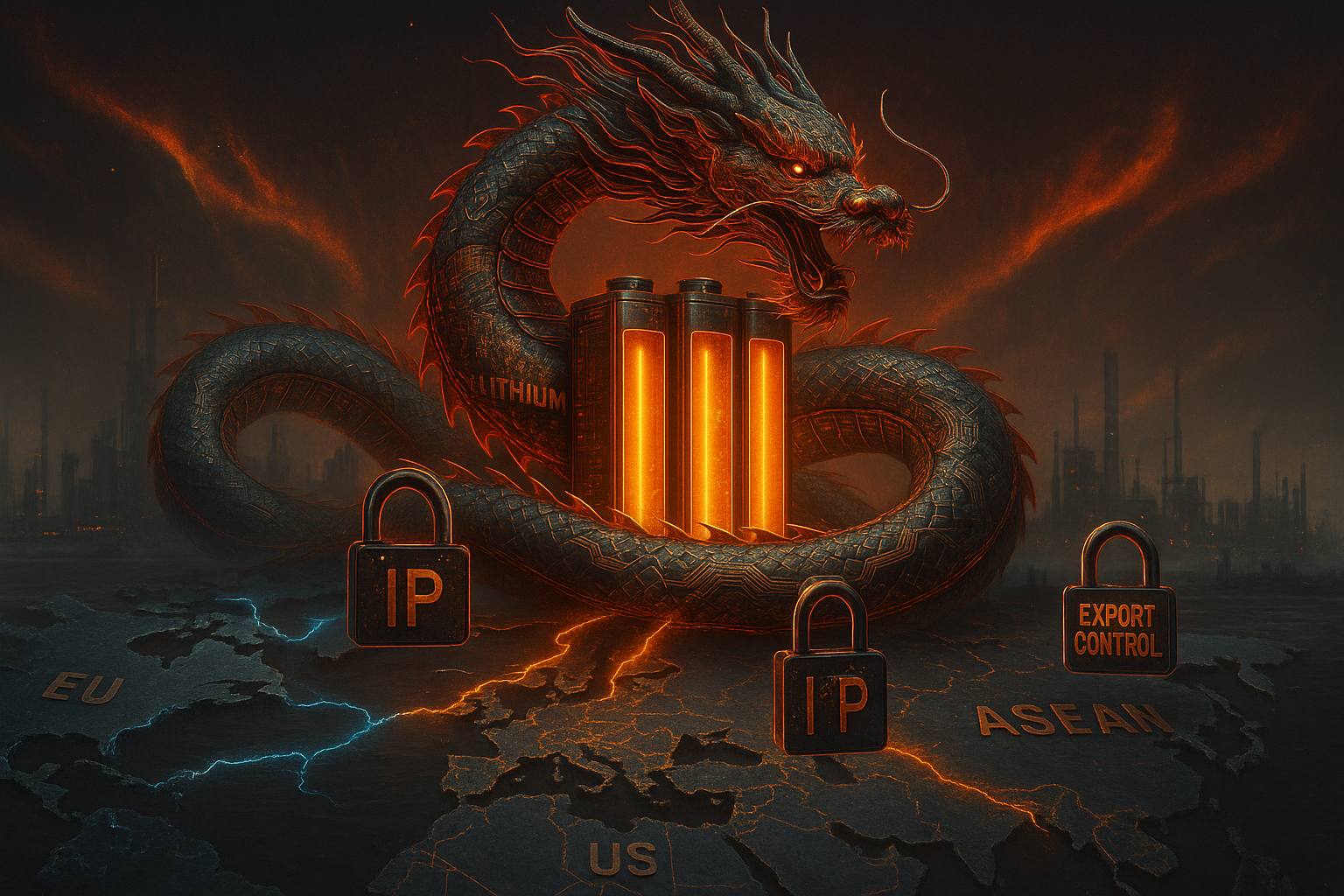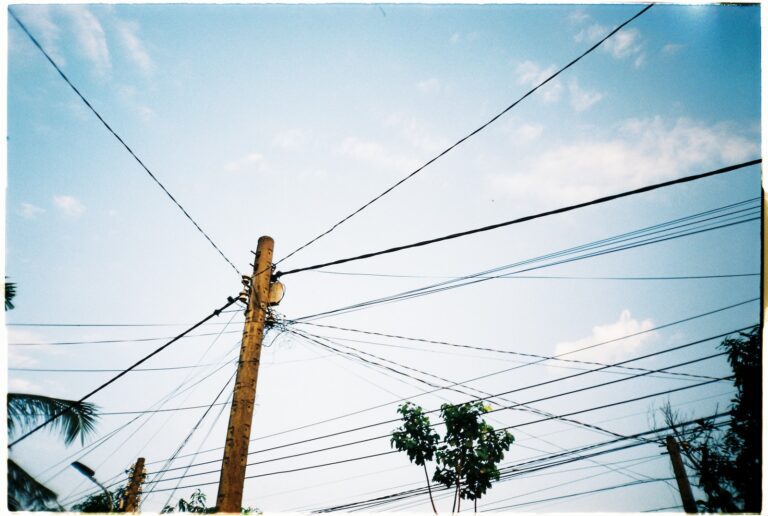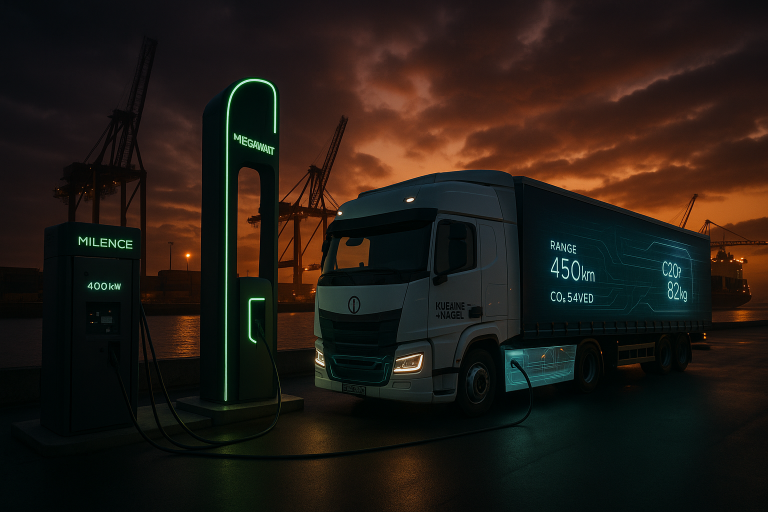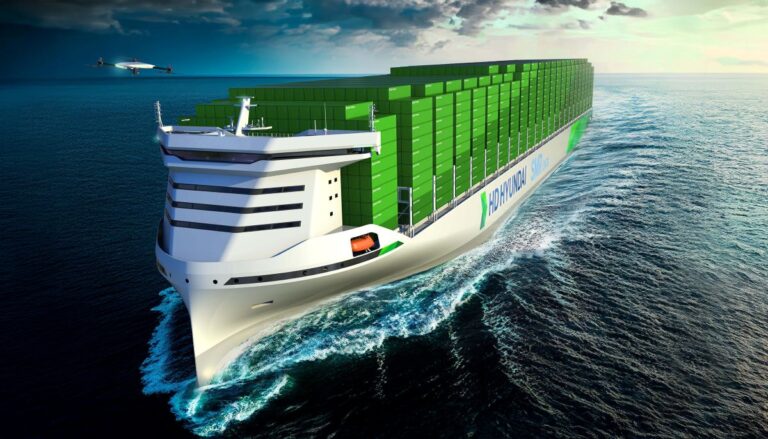China Tightens Grip on Global EV Market with Sweeping Battery Technology Export Restrictions
In a strategic move to consolidate its dominance in the electric vehicle revolution, China has imposed strict export controls on eight critical technologies essential for producing EV batteries and processing lithium. Announced by the Ministry of Commerce on July 15, 2025, these immediate restrictions require government licenses for any overseas transfer of these technologies through trade, investment, or technical cooperation .
Targeted Technologies and Strategic Intent
The new controls specifically focus on:
- LFP Battery Production: Restrictions cover cathode production technology for lithium iron phosphate batteries, which constitute 40% of the global EV battery market due to their lower cost and enhanced safety .
- Lithium Processing: Five key technologies for lithium extraction, refinement, and processing—essential for all EV batteries—now face licensing requirements .
- Upstream Process IP: Unlike previous material-focused restrictions, these controls target China’s proprietary manufacturing processes and intellectual property .
China’s Commerce Ministry framed the measures as necessary to “safeguard national economic security” while promoting international cooperation. However, analysts recognize this as a calculated effort to weaponize China’s technological supremacy amid escalating trade tensions with the West .
Table: China’s Dominance in Controlled Technologies
| Technology Area | China’s Global Market Share | Key Players |
|---|---|---|
| LFP Battery Production | 94% | CATL, BYD |
| Lithium Processing | 70% | Ganfeng Lithium, Tianqi Lithium |
| EV Battery Manufacturing | 67% | CATL, BYD, Gotion |
Fortifying Unassailable Advantages
These restrictions build upon China’s existing dominance:
- Supply Chain Control: From raw lithium processing to finished batteries, China commands the world’s most integrated EV supply chain. Chinese firms provide over 70% of processed lithium and 94% of LFP batteries globally .
- Breakthrough Innovations: Recent advances like CATL’s Shenxing battery (520 km range in 5 minutes) and BYD’s “Super E-Platform” (400 km in 5 minutes) outpace Western competitors, showcasing China’s widening technological edge .
- Infrastructure Ecosystem: Beyond batteries, China leads in supporting technologies like battery swap stations, with Nio operating over 3,300 facilities enabling five-minute “refueling” for compatible EVs .
Simultaneously, China is raising domestic quality barriers with the world’s strictest EV battery safety standards, effective July 2026. These mandate new crash impact tests and post-fast-charge safety requirements, further distinguishing Chinese-made batteries .
Global Disruptions and Strategic Dilemmas
The restrictions create immediate challenges:
- US Manufacturing Ambitions: Ford’s $3 billion Michigan plant, licensing CATL’s LFP technology for BlueOval Battery Park, faces regulatory uncertainty. While Ford claims current operations are unaffected, future expansion may require navigating Beijing’s licensing bureaucracy .
- EU’s Tariff Strategy: European efforts to incentivize local Chinese production through tariffs are undermined, as core technologies cannot be freely transferred. CATL’s German/Hungarian plants and BYD’s Hungarian factory may avoid initial impacts since they focus on cell/module assembly—not the restricted upstream processes .
- Accelerated Decoupling: Analysts like Liz Lee of Counterpoint Research warn this “deepens geopolitical tech decoupling,” forcing Western nations to fast-track alternatives like LMFP batteries and non-Chinese lithium refining .
| Region | Immediate Impact | Long-Term Strategy |
|---|---|---|
| United States | Ford-CATL JV uncertainty; rare earth double whammy | Inflation Reduction Act incentives; LMFP battery development |
| European Union | Undercuts local production incentives | Raw material sourcing from Europe/North America |
| Southeast Asia | BYD/ CATL plants face tech transfer barriers | Emerging battery supply chain diversification hub |
Long-Term Implications: A Battery Cold War
China’s move signals a new phase in the green tech race:
- Tech Protectionism: Following rare earth export controls in April, this establishes a pattern of leveraging green tech supremacy for geopolitical influence .
- Innovation Asymmetry: With China housing nearly 50 specialized battery graduate programs versus “a handful” in the U.S., and producing 65.4% of high-impact battery research, the West faces a widening innovation gap .
- Forced Western Adaptation: Companies outside China now prioritize non-LFP chemistries, synthetic alternatives, and recycling technologies. As Japan’s Mizuho Bank researcher Tang Jin observes, this cements China’s position as the “indispensable battery superpower” .
The Road Ahead
While Chinese giants like CATL and BYD downplay immediate disruptions to their overseas operations, the restrictions cast a shadow over global decarbonization timelines. As nations race to build independent supply chains, EV costs may rise in the short term, potentially slowing adoption. Yet China’s dual strategy—restricting exports while raising domestic quality standards—cements its vision: No green transition escapes its technological orbit. The battery wars have entered a decisive phase where control over process knowledge, not just raw materials, defines the new battleground .







